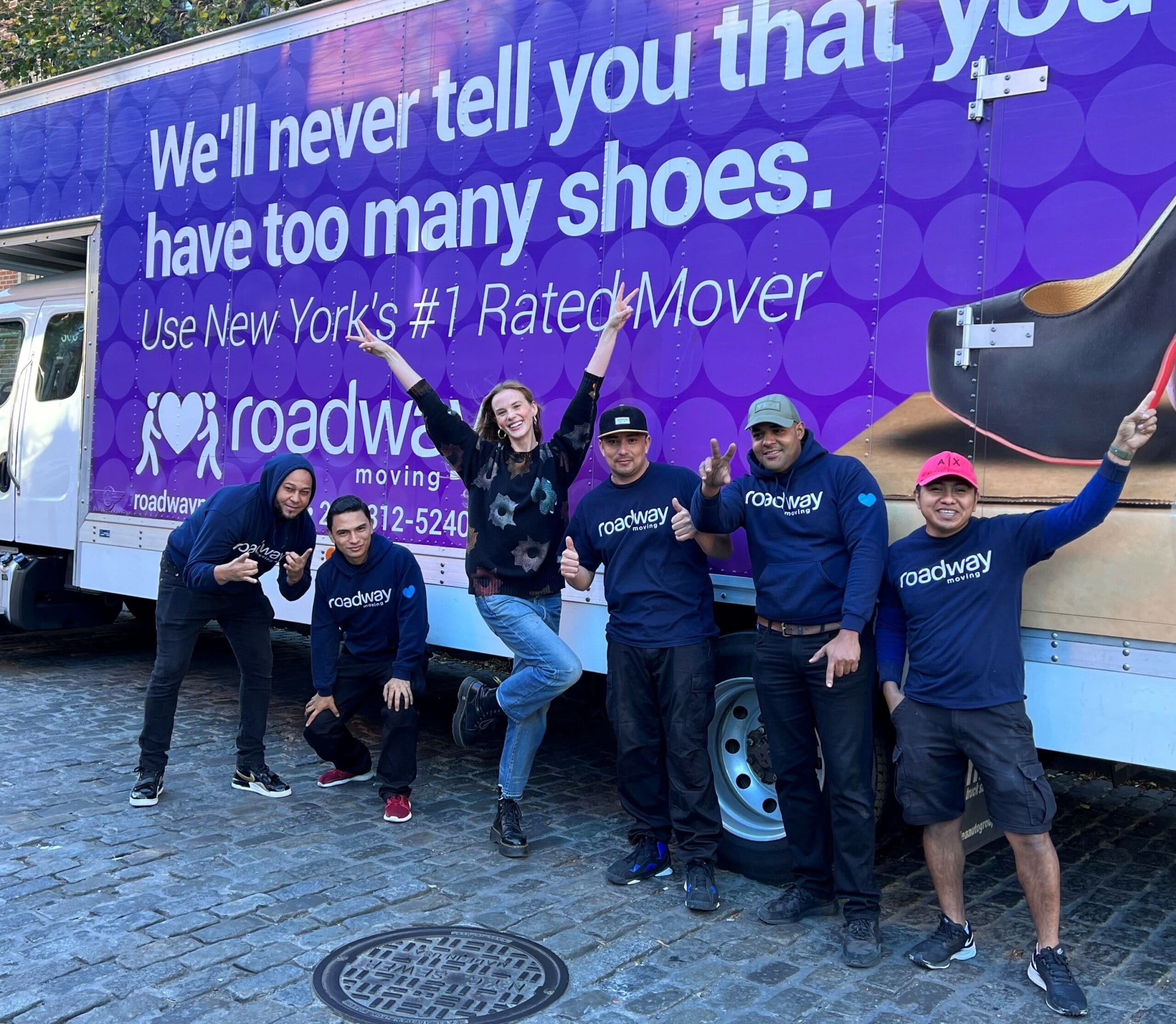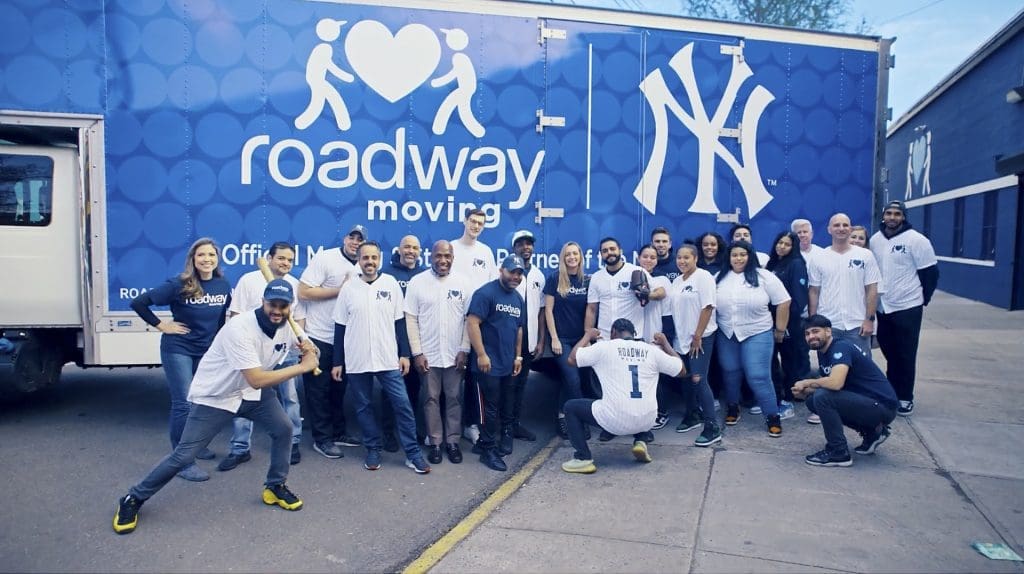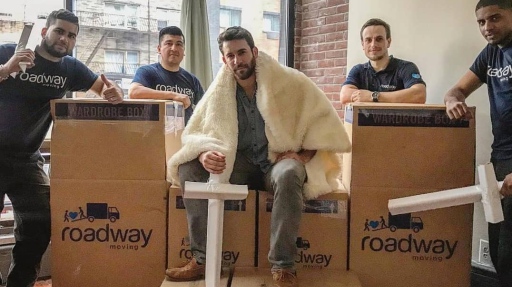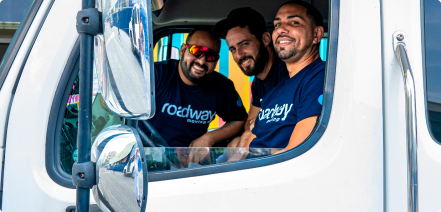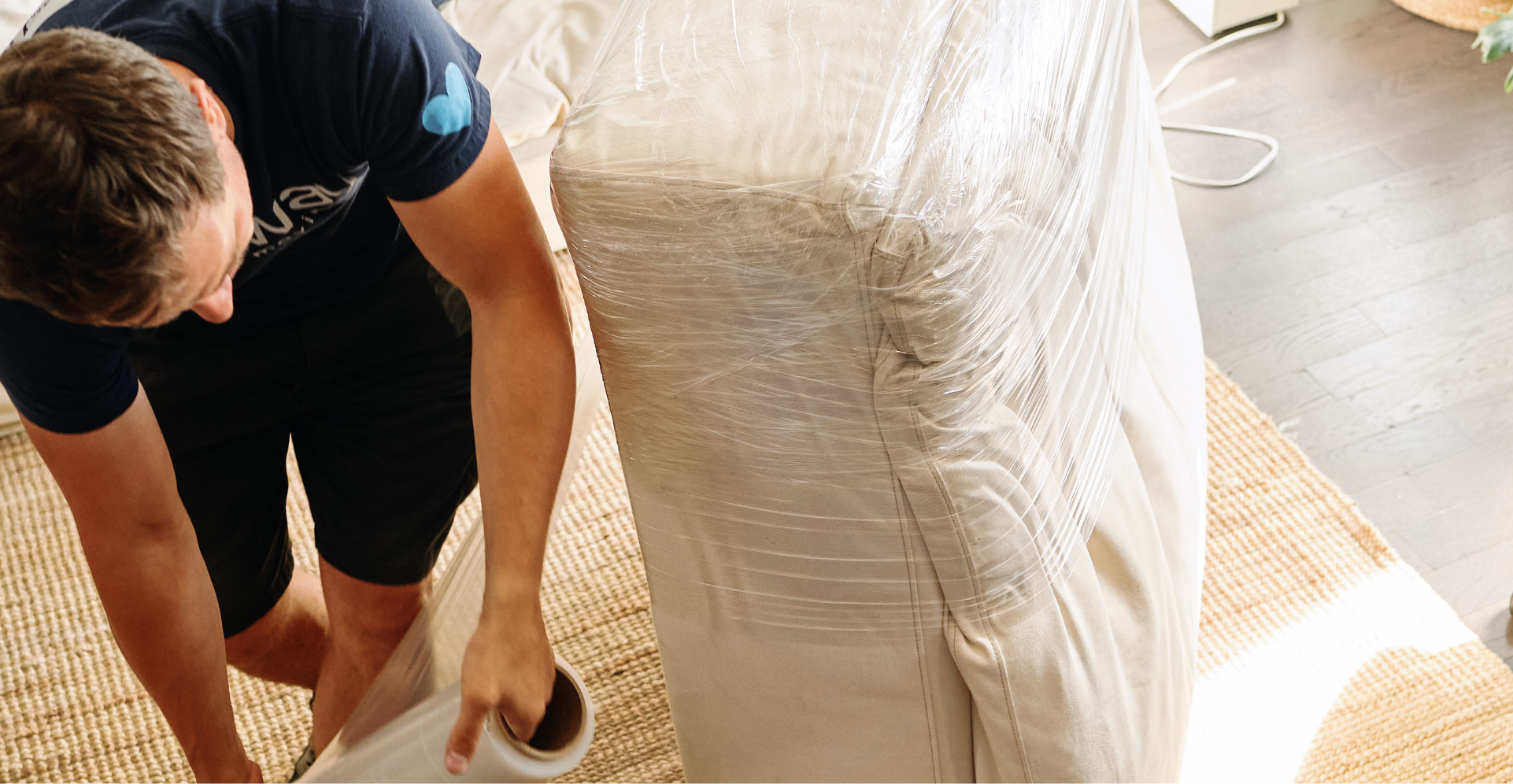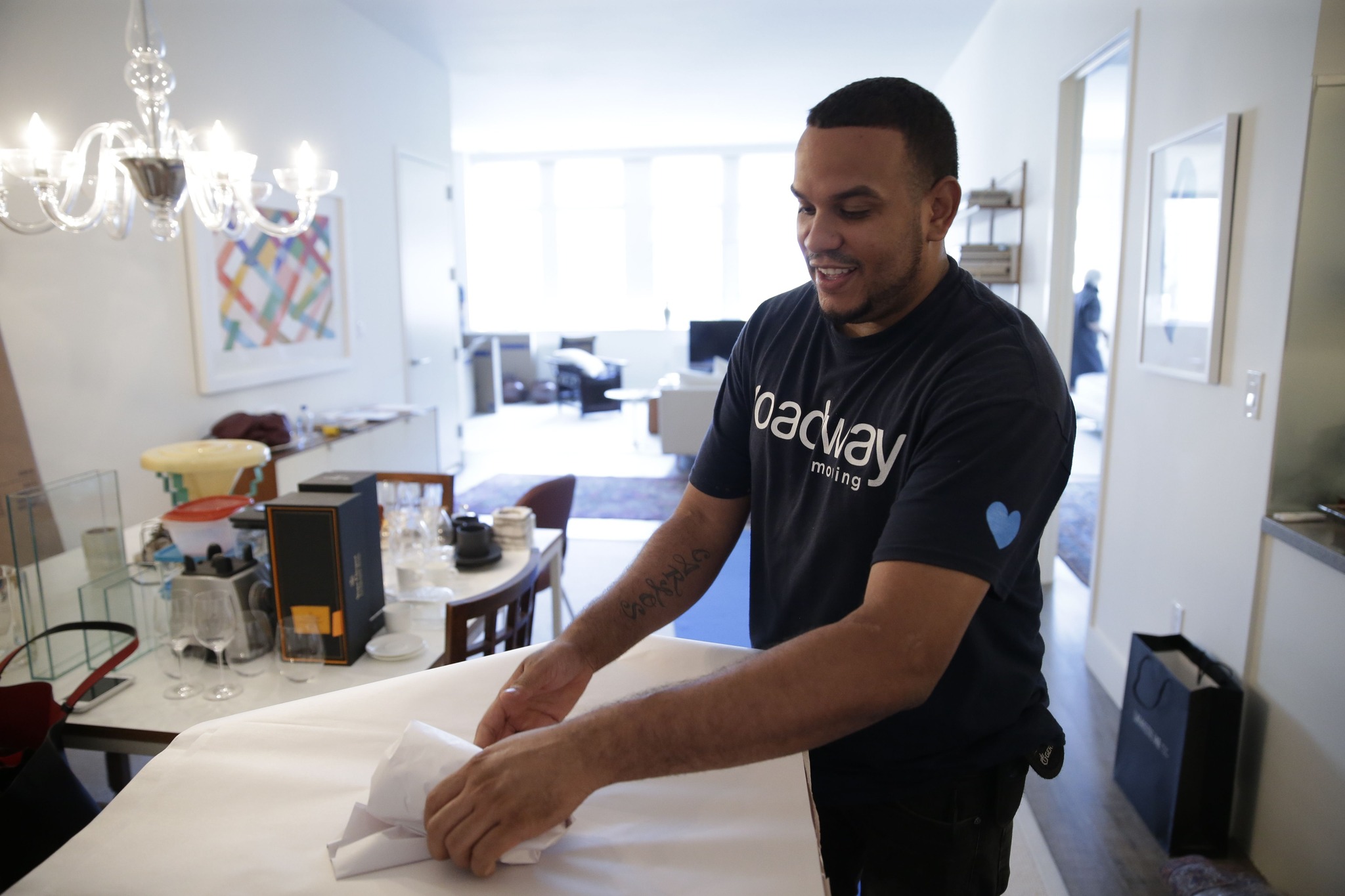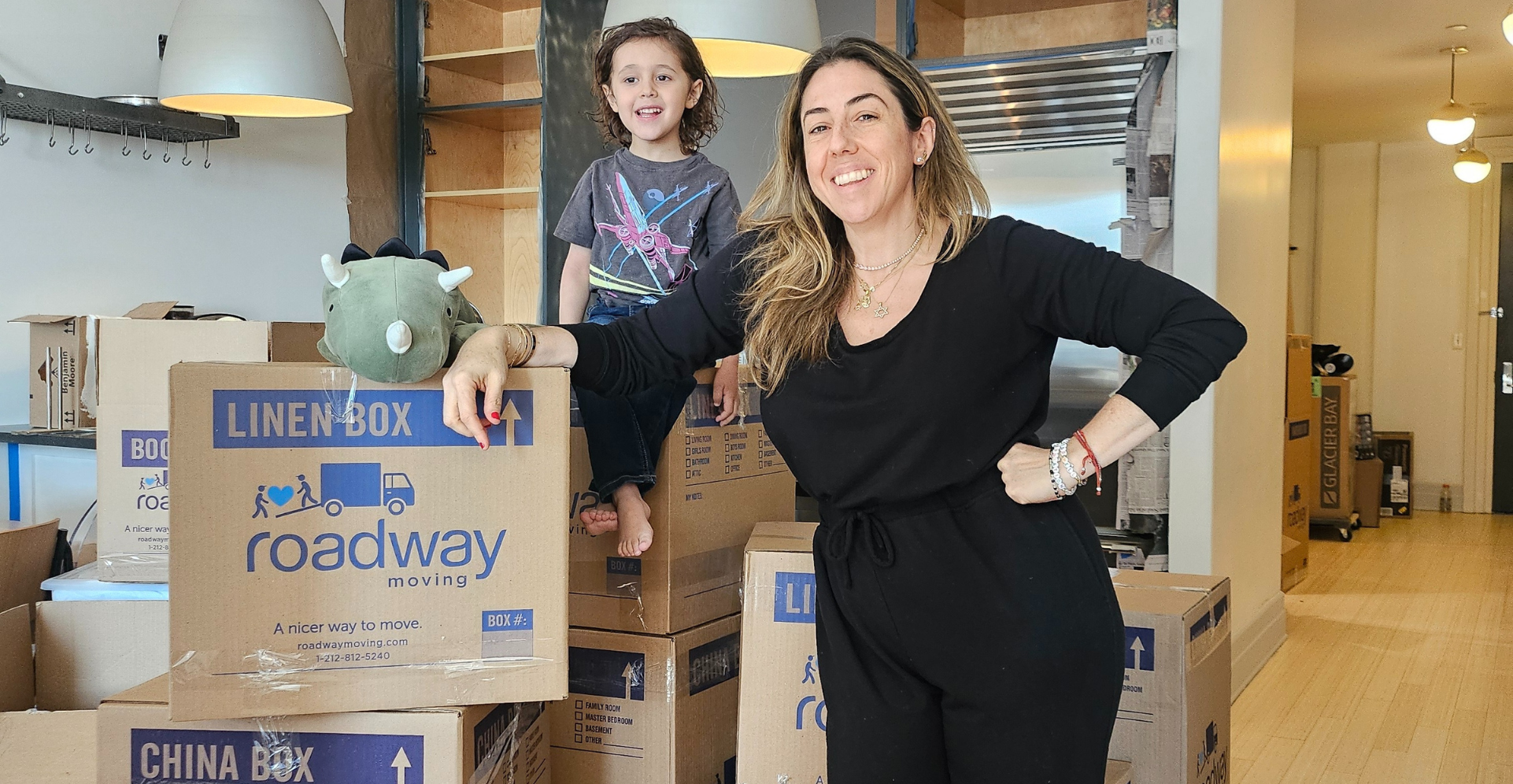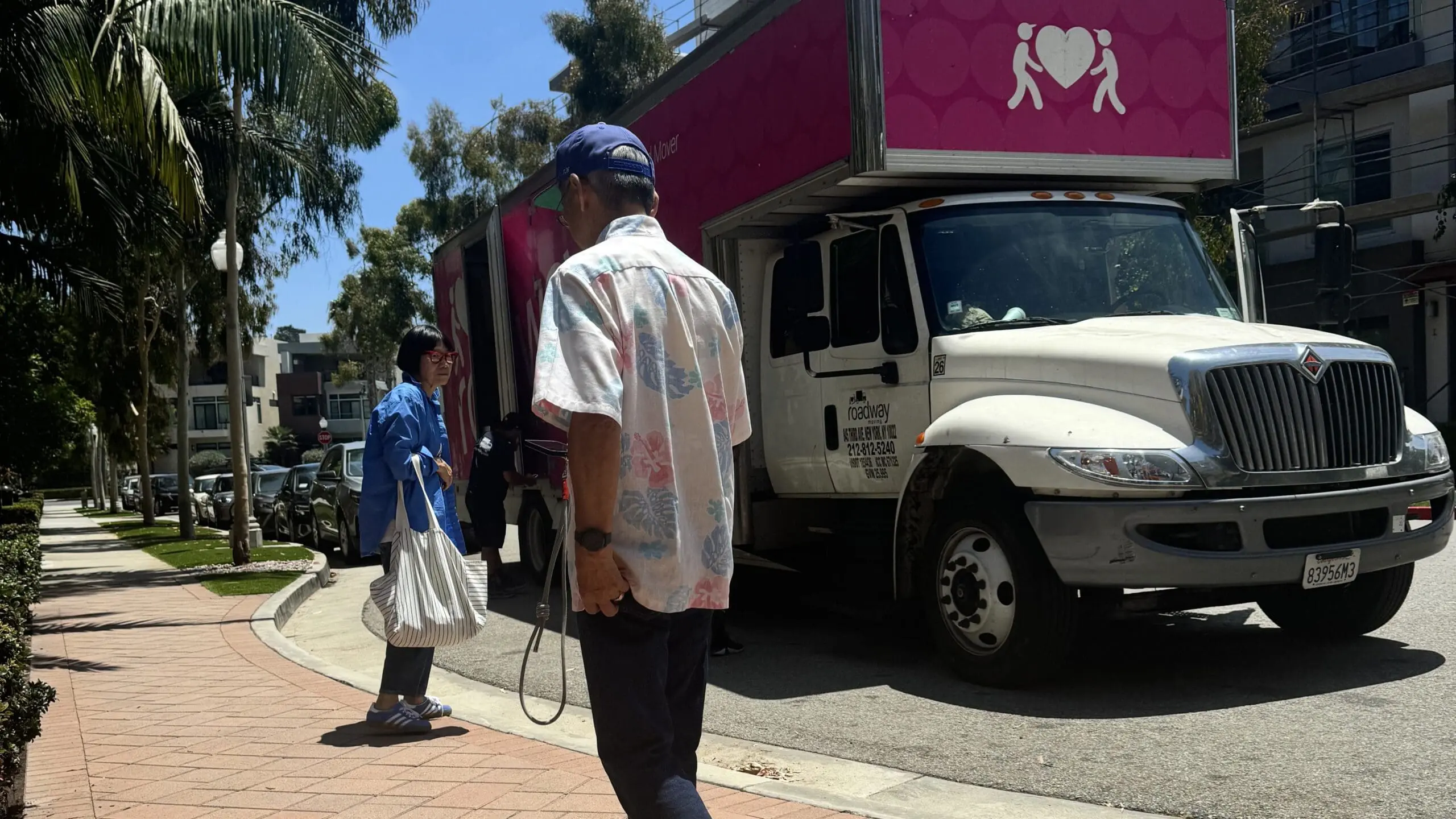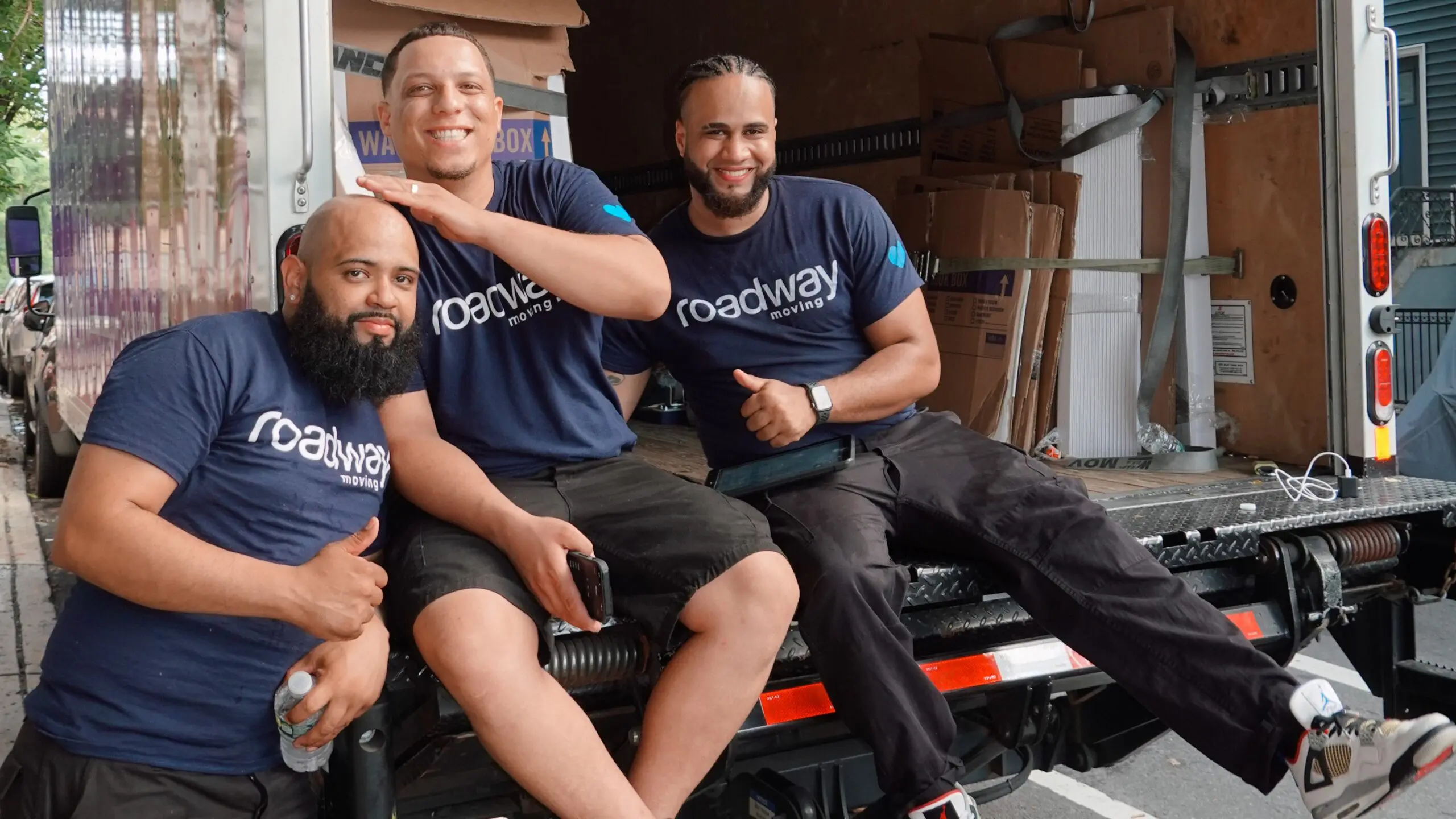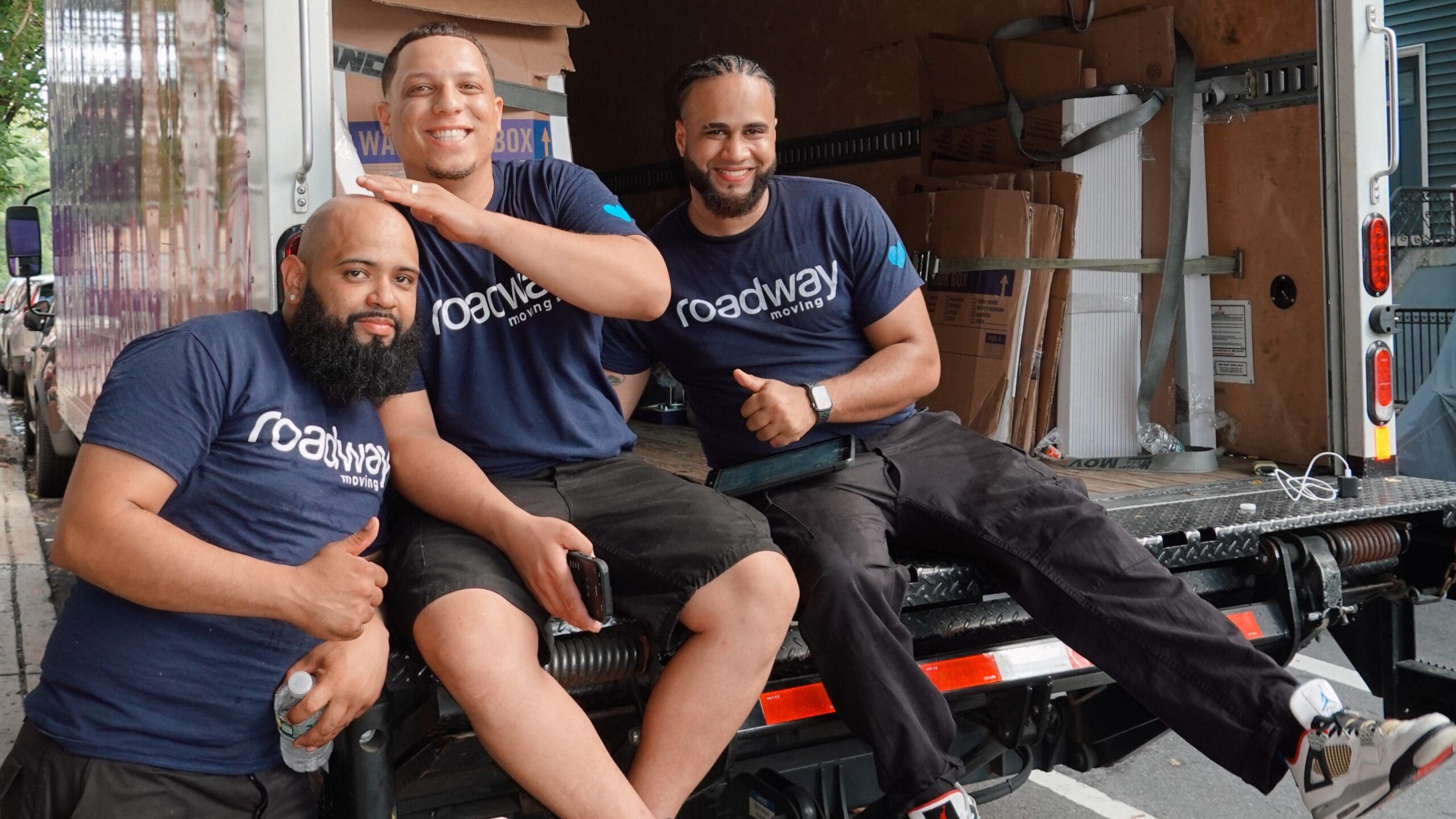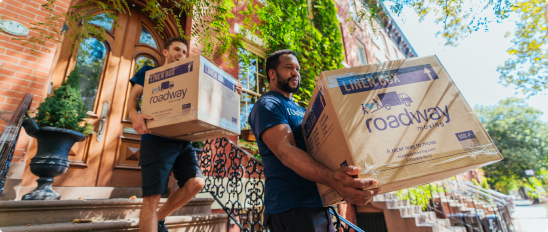How to Pack Dishes and Other Household Breakables






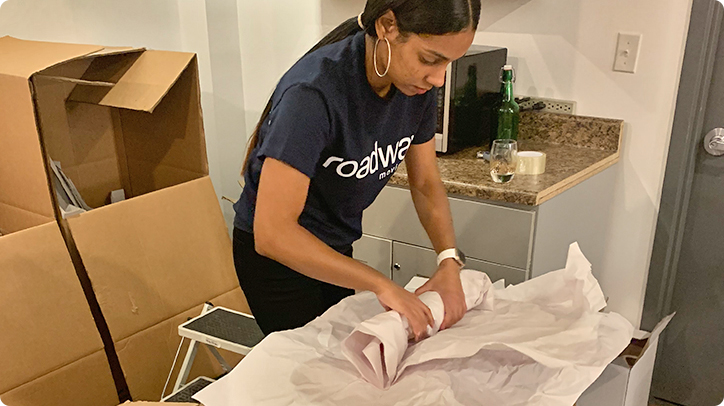
Learning How to properly pack dishes and other Fragile and valuable items is one of the most important skills to learn when moving yourself or of course if you are a professional mover. These items are often awkwardly shaped and require special techniques to prevent breaking. Moving is stressful enough without having to worry about your glassware or porcelain items surviving the trip to your new home.
Family heirlooms and precious wedding gifts such as antique dinnerware deserves to be protected during your move. You should always hire professionals to pack and move such items, but it is understandable if you want to do it yourself.
Pros know how to pack things like glassware so they do not break; below are some moving professional’s tips and tricks on how to pack dishes and other household breakables:

You will need a few items when preparing to pack dishes:
1 – Packing Material
Your dishes will need to be packed using secure padding to prevent them from breaking. If you are on a budget, crumpled or folded newspaper will work. White packing paper can also be used if you have a lot of dishes or plates.
Bubble wrap and packing peanuts are more expensive than newspaper, but they offer added protection when packing breakables. Towels can also be used as a buffer between individual plates or dinnerware sets in boxes.
2 – Storage Containers
Dishes should be packed in a stronger container than a standard box. They are often heavy and could break through the bottom of the typical packing box if they are not handled properly. These special boxes are called “dish boxes.” Dish boxes are specifically designed for moving dishes and can be found online.
There are also specialized glassware and stemware boxes that you should use. They come with individual cells and layers to prevent clanging and breaking. You can also make your own stemware boxes by adding dividers to standard moving boxes (just make sure it is strong enough).
3 – Storage Tools
A crucial part of packing breakables is labeling. Every box should be fixed with a “fragile” warning and the box’s contents should be listed on the outside of the box. Also, you will need to purchase good packing tape and markers to prevent breakage and confusion during your move.
4 – Specialized Dish Boxes for Moving
It is a good idea to invest in specialized boxes to pack your dishes and glassware. You can try to make your own “specialized” box out of a standard moving box, but we do not recommend you do this. Instead, purchase “dish boxes” for your breakable items.
Dish boxes are ideal for moving dinnerware and fragile items because they are made from a double layer of corrugated cardboard. They also often have individual dividers built in to prevent glassware from hitting together during transport.
Smaller boxes should be used to prevent fragile items from breaking during a move. We understand that it can be tedious to pack individual plates. It is frustrating when only a few plates fit into one small box, but it is be worth the effort it in the end. Small boxes will cut down on the weight of each box and allow you to safely move your breakables.
Mover’s Tip: Always secure the bottom flap of a small box with duct tape when you are packing dishes or breakable items. You do not want to see your valuable family heirlooms tumble out the bottom during your move.
5 – Stemware Boxes for Moving
Wine glasses also need their own specialized box. These are called “stemware boxes” and can be found wherever packing supplies are sold. You will still need to wrap your stemware in bubble wrap or white packing paper for added protection during your move.
Mover’s Tip: Place individual glassware items rim up to prevent breakage.
Here are some steps you should follow when wrapping glasses and stemware:
- Take several sheets of wrapping paper and gently stuff the interior of the glass.
- Layout several sheets of packing paper and place the glass on its side, perpendicular to the corner of the paper
- Pull the corners around the glass, then gently roll the glass until completely wrapped
- Place the glass into one of the cells, stem first.
- Fill any open spaces with bubble wrap or wrapping paper.
- Once the box is filled, gently shake the box. If it rattles, this means that there are some gaps that still need to be filled.
- Mark the box as “fragile” and use duct tape to close
Check out: Using the right boxes for your move
Packing Paper vs. Bubble Wrap: which is better?
The most common packing material used to pack fragile items is bubble wrap and packing paper. Both are readily available, useful, and cost-effective; but which one is better? Here are two key difference between packing paper and bubble wrap:
- Packing paper requires significantly less space and allows you to stack more items without overburdening the box. Bubble wrap makes your items bulkier and can add to the number of dish boxes your move requires.
- Bubble wrap is made from polyethylene, a common type of plastic. Polyethylene is not environmentally friendly or recyclable. Packing paper is better for the environment and can be recycled.
Although packing paper is the clear choice, adding a layer of bubble wrap between a bundle of paper-wrapped items can offer the extra cushion that your breakables need. You should use bubble wrap judiciously, but sometimes it is necessary to prevent breaking during a move.
How to pack dishes and glasses for moving
Now that you have secured all of the necessary packing materials needed for a successful move, here are the steps that professional movers suggest you follow when packing dishes and glasses for moving:
- Organize plates, bowls, glasses, cups, stemware, and other breakables into individual groups to be packed
- Set up your boxes properly. Tape corners and edges for added security.
- Buy more boxes than you need. Never overfill a box with breakable items. Leftover boxes can be sold or returned.
- Never pack items from different rooms in the same box. This can make unpacking and organizing your new home more difficult.
- Crumple up paper and place it in the bottom of each box. You do not want any unprotected space in boxes because this is where dishes and glasses chip or break!
- Stuff crumpled up packing paper inside each glass. Crumple up more paper and wrap it around handles and stems. Make sure that the sides and top of the box are also padded. A few layers of paper can absorb some of the bumps that are bound to happen with every move.
- Place all glassware in an upright position. Do not lay them on their sides or place them upside down! Cushion them with plenty of crumpled packing paper.
- When packing plates, lay out a stack of wrapping paper. Place a plate in the center and wrap the paper around the plate. Make sure there is plenty of cushion between each individual plates.
- Remember the most basic rule of packing: place heavier items on the bottom and lighter items on the top. Never pack larger plates on top of smaller ones.
- Write “this side up” and “fragile” on the top of each dish box with plates.
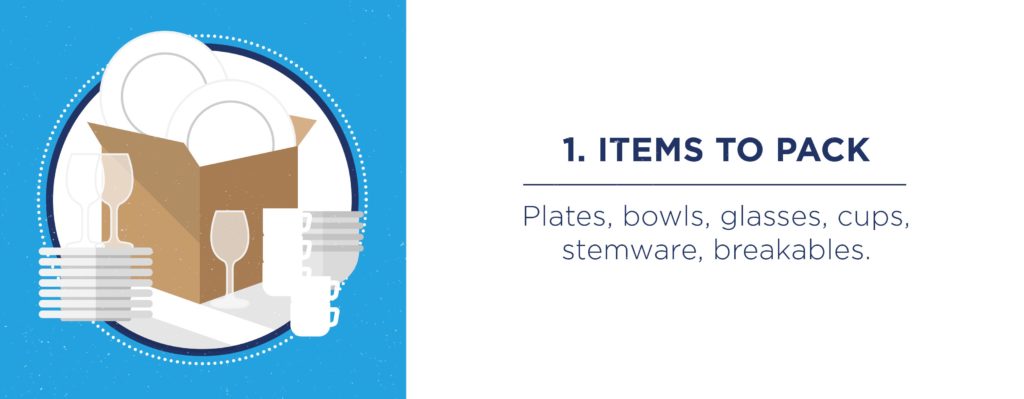







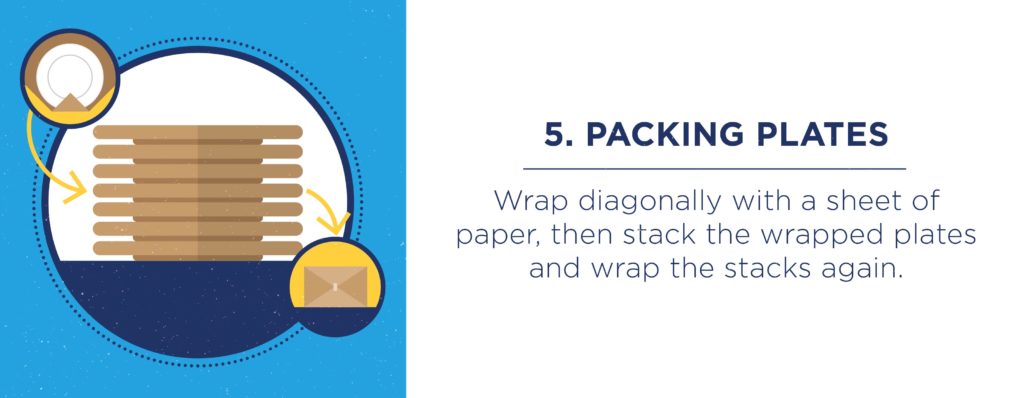

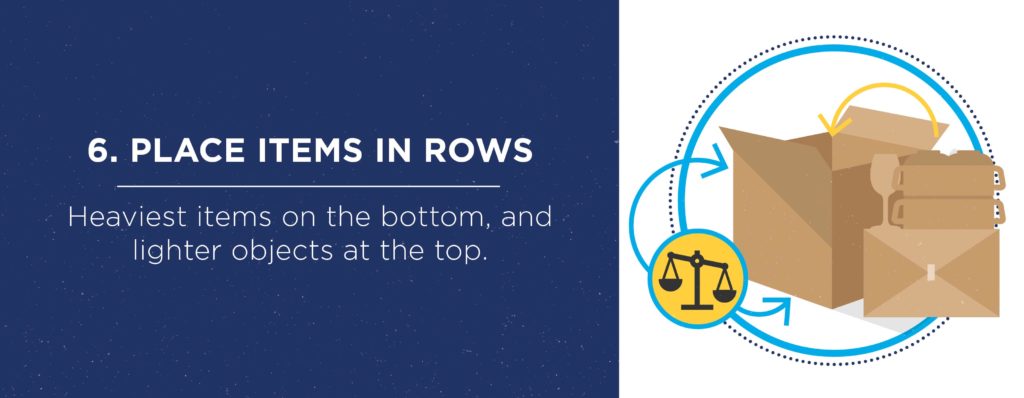





The best way to prepare fragile items for long-distance moves, storage, or local moves, is to professional movers to pack and ship your items for you. If you still want to pack your items yourself, follow the steps above and all of your fragile items will survive your next move.


